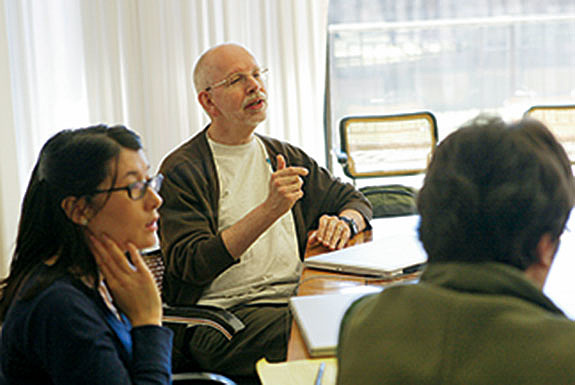Asteroids as the Next Stepping Stones

In April, President Obama laid out an interesting new vision for human exploration of the solar system, more exciting than anything that has been proposed in the last forty years. A key component of his vision is the proposal to send humans to asteroids, first, well before sending them to Mars, while skipping the moon as a destination.
During the first thirty years after the last moon landing, in 1972, human space flight has been rather boring, frankly. The shuttle was built mainly to reach the International Space Station, while that Space Station was built mainly to give the shuttle something to fly to. It all happened a few hundred miles above the surface of the Earth, in stark contrast with the short era of only three years, 1969–72, in which there were travelers who really left Earth to visit another body, the moon.
Whether it is worth the money and effort to explore the solar system by sending humans to places other than the near-Earth environment is a matter of debate. Scientifically, one can make a case for money being better spent through robot on-site exploration and telescopic remote observations. But human space filght is not primarily about science. It is the direct extension of many centuries of exporation, and as such it seems worth the effort. For one thing, it is exciting in itself, and for another, we won't know what its advantages will be, in the long run, unless we give it a try.
Back in 2003, President Bush finally presented a forward-looking vision for human space flight that would leave low Earth orbit. However, the main goal was a return to the moon, mainly to redo what had been done already decades earlier. What makes Obamba's vision much more interesting is it requires a jump that is just a little further than what is required to reach the moon, but far less of a jump than what is needed to reach Mars. Instead of reaching for one of the two closest planets to Earth, the idea is to visit one of the hundreds of thousands of asteroids that come far closer to Earth than another planet ever does.
In fact, some of the asteroids sometimes come very close to Earth, too close for comfort. The most dramatic documented historical impact was the one that took place sixty-five million years ago, creating a more than one-hundred-mile-wide crater that is now buried deep under the surface in the Yucatan Peninsula. It was this impact that caused the demise of the dinosaurs, as well as a significant fraction of all species present on Earth at that time. Clearly, it is in our interest to not go the way of the dinosaurs ourselves, and to to keep an eye out for future encounters of that kind.
The a priori chance for Earth to be hit by a ten-kilometer-diameter asteroid, like the one that hit Mexico at the end of the Cretaceous period, at any given time is rather small. And thanks to an intense observational campaign during the last few decades, we now know that the chance will be significantly smaller than statistically expected, at least during the next few centuries. The reason is that we have mapped most of the large asteroids with orbits crossing the orbit of Earth, and the good news is that none of those floating mountains are currently on a collision course with our home planet.
However, the bad news is that there are hundreds of thousands of smaller asteroids in our vicinity, each more than one hundred meters in diameter, and they can still cause enormous destruction on a local scale, were one of them to hit Earth. While most of those have not yet been discovered, an active observational program is being developed with the goal of charting them all, or at least a large majority of them. We don't know what that program will teach us: whether all asteroids that we find will miss us, or whether there will be one or more that are headed for us in the forseeable future.
If and when observations show us that a small asteroid is on its way to hit Earth, the challenge will be to try to deflect it before it reaches us. Rather than waiting for such an asteroid to be discovered, it would be far more prudent to be proactive, to explore asteroids in some detail, to characterize their nature and composition and their physical properties in general.
It will be so much more interesting to watch astronauts hop around in the very low gravity of an asteroid, as a tiny world in itself, compared with going back once again to the moon. And it will give us more information about the kind of impact danger that is permanently lurking out there for us, small but not negligibly so.